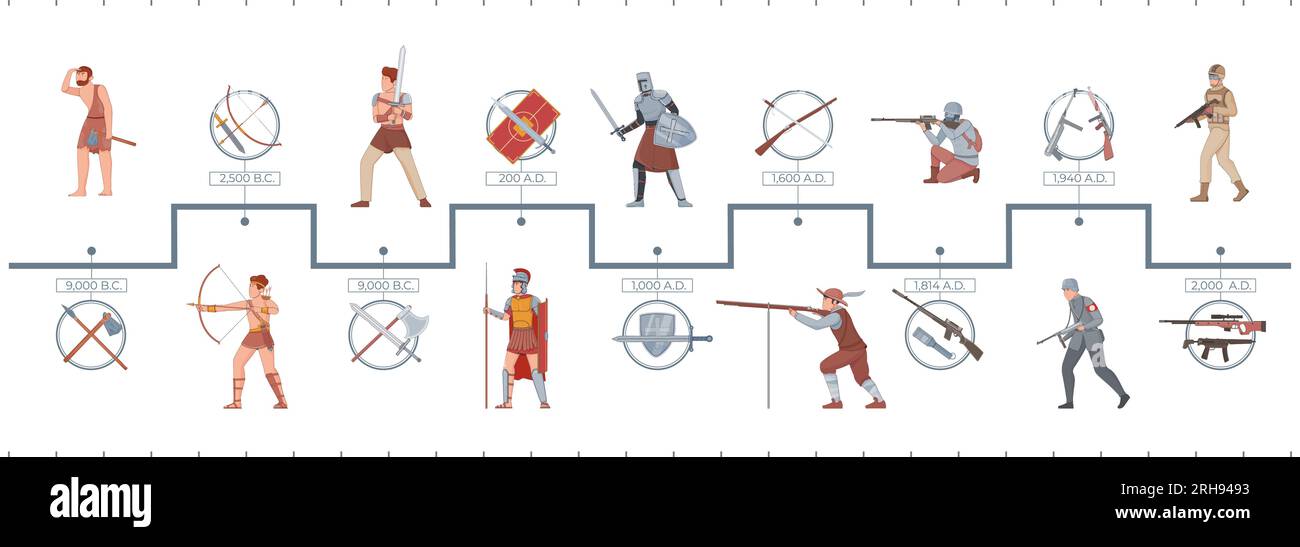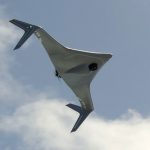
India’s Military Industrial Complex (TASL’s Barrel Manufacturing Facility as a Strategic Catalyst)
August 17, 2025

Blog

Why the Fundamentals of Warfare Never Change
Posted by admin
As warfare has evolved over the centuries, shaped by changing technologies and new theatres of combat, one might expect its fundamental principles to be completely transformed. Yet, a closer look reveals a surprising truth- ‘the more warfare changes, the more it stays the same’. Beneath several layers of innovations like drones, satellites, cyber ops etc, the core tactics of warfare remain rooted in the past. The modern battlefield may be shaped by artificial intelligence and electromagnetic jamming, but the age-old military principle of ‘fire and move’ still holds its ground. Is there a contradiction here? In a sense, yes and no. Let us explore how.
Air land battle concept, last used during the Gulf war was beginning to get questioned as transparency in battle started increasing exponentially around the turn of the century as disruptive tech and digital revolution started appearing on the scene. But the last decade has been remarkable and a fascinating period for students of military operations and defence strategy. Beginning with the conflict in Syria, followed by the Armenia-Azerbaijan clashes, and now the ongoing Russia-Ukraine war, the battlefield has undergone rapid transformation. Closer home, the recent India-Pakistan skirmish has underscored these trends. The operation was marked by the decisive use of stand-off weapons and unmanned aerial systems, with drones and stand-off munitions playing a prominent role. Though limited in scale, the engagement has provided critical insights into the evolving character of sub-conventional warfare in the region.
Established platforms such as main battle tanks, artillery systems, and even manned aircraft are now being assessed anew, as their effectiveness and vulnerabilities are scrutinised in the face of emerging threats and modern countermeasures. Before proceeding any further, let us look at the matter from a different point of view :-
From Alexander the Great’s phalanx formations to modern infantry manoeuvres, the principle of combining firepower with mobility has never gone out of style. It is the timeless concept of fixing the enemy with fire, then moving to outflank or outmanoeuvre, a technique as effective in the mud and trenches of World War I as it is in today’s drone dominated skies. The doctrine of ‘keeping one foot on the ground’, always maintaining a secure base while pushing forward remains an inviolable anchor in the TBA. Whether it was a fortified camp, a tank regiment on manoeuvre, or a protected data link today, the need for stability in tactical operations is eternal.
What has changed are the tools of war. Instead of sabre wielding cavalry or tanks rolling through the flanks, we now see loitering munitions, cruise/hypersonic missiles, and cyber payloads. But even these tools are used to achieve the same age-old objectives of surprise, shock, deception, mobility, and control. Just as the armoured columns once sought to breach the enemy’s defensive crust, today’s drone swarm attempts to penetrate an invisible but just as formidable barrier, the electromagnetic (EM) wall.
This EM wall represents the modern equivalent of trenches and fortified lines. With advanced radar, electronic jamming, GPS denial, and cyber defences forming an invisible shield, today’s battlefield is just as much about electronic dominance as it is about physical battlespace. Yet, breaking through these defences requires the same tactical ingenuity that once drove military commanders to outflank a fortress or breach a castle gate.
In our column called ‘Contours’ I wrote this 5 years back that the present-day concept of manoeuvre has expanded. It is no longer confined to physical movement on the battlefield but includes the ability to navigate and outwit electromagnetic and cyber defences. Drones and unmanned systems must now operate in environments dense with jamming, spoofing, and interception. The path to the target isn’t just about terrain, it’s about finding electromagnetic corridors or using artificial intelligence to simulate unpredictable behaviour.
Still, the fundamentals apply. Suppress enemy sensors (fire), move through a gap in the shield (manoeuvre), and establish a foothold (one foot on the ground). Whether it’s a swarm of quadcopters or a stealth aircraft, the logic hasn’t changed, it is just the means.
Historically, we’ve seen this pattern repeat. Gunpowder did not erase the need for battlefield formations. The tank did not eliminate the infantry. The missile did not make air superiority irrelevant. Similarly, the drone and the algorithm do not negate the principles of terrain, timing, and tempo. Even in multi-domain operations, success depends on combining the new with the old, adapting tools to timeless strategies.
Commanders today must think in layers combining kinetic strikes with cyber probes, electronic jamming with physical deception, but at every level, they are still bound by the eternal truths of warfare which remain – (i) surprise, (ii)concentration, (ii)economy of force, and (iv) secure move.
Conclusion
Warfare may appear to be different in different eras say – horseback raids, blitzkrieg, drone swarms, but its soul remains unchanged. The ‘fire and move’ doctrine lives on, now updated with digital precision and satellite intelligence. The challenge is no longer just about crossing rivers or ridgelines, but breaching firewalls and disrupting signals. And the goal remains the same – seize initiative, dominate ground, and break the enemy’s will.
It is imperative that we understand this continuity. Military commanders can better prepare for the future not by discarding the past, but by recognising that today’s innovations are only the latest instruments in an ancient game.
Col Ashwani Sharma (retd), Editor
2 Replies to “Why the Fundamentals of Warfare Never Change”
Leave a Reply
Search Blog
Categories
Popular Posts







Ashwini Sharma’s incisive article rightly underscores that while technologies evolve, the fundamentals of warfare—strategy, human psychology, deception, and deterrence—remain unchanging. This timelessness of warcraft is echoed vividly in our civilisational epics, the Ramayana and Mahabharata, which anticipated many of today’s battlefield realities with astonishing clarity.
Consider the use of divyastras—celestial weapons like the Brahmastra, Agneyastra, and Vayavyastra—that mimicked today’s nuclear weapons, missile systems, and area denial tools. Their deployment, interception (as between Arjuna and Karna), and recall were governed by specific codes, eerily foreshadowing today’s rules of engagement and non-proliferation concerns.
One sees vivid parallels in battlefield strategy and tactics. The Chakravyuh, a multi-layered spiral formation used by Dronacharya, demanded specialised knowledge to penetrate—much like multi-domain layered defence systems seen today in missile defence and battlefield zoning.
In the Ramayana, Hanuman’s aerial reconnaissance over Lanka is textbook ISR (Intelligence, Surveillance, Reconnaissance), while Indrajit’s use of invisibility and skyborne attacks parallels stealth drones and beyond-visual-range missile strikes. The use of Sammohanastra, a weapon causing mass disorientation, can easily be compared to electronic warfare or EMP systems that paralyse enemy communications.
Even the subtler dimensions of warfare—psychological operations, ethical warfare, and asymmetric strategies—find expression in our epics. The defection of Vibhishana, who provided strategic intelligence to Rama, mirrors modern HUMINT-driven covert operations. Krishna, without wielding a weapon, served as the ultimate strategic advisor and force multiplier, akin to today’s AI-integrated decision-making systems or national command advisors.
These parallels reinforce the profound foresight of our ancestors, who not only understood the mechanics of battle but deeply grasped its moral and psychological undercurrents. Indeed, as Sharma concludes, the character of war may transform, but its soul remains unchanged—from Kurukshetra to Kyiv, from Lanka to the Levant.
Thank you Gen Khanna. Your commments add so well to the feature 🙂